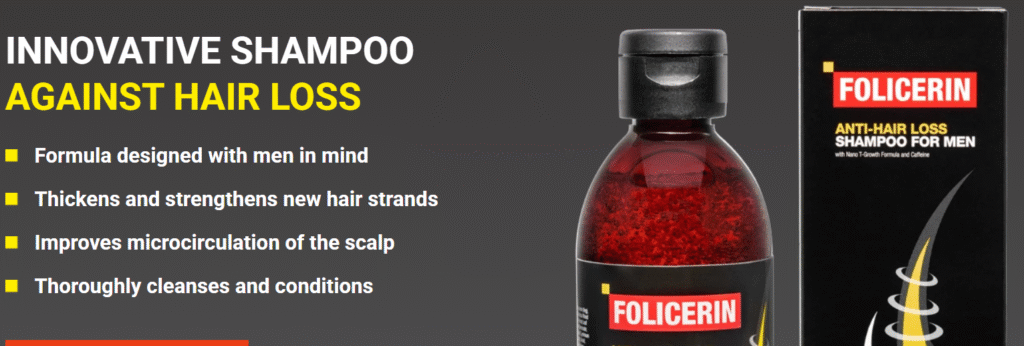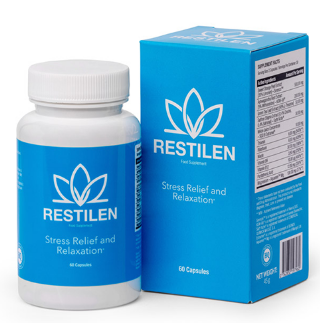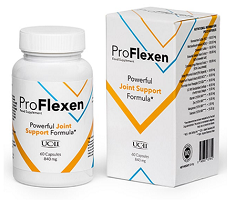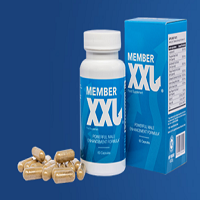Stress-Related Hair Loss: Dermatologist-Approved Treatments to Stop Shedding
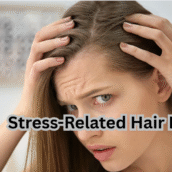
Hair loss can be distressing, especially when stress is the culprit. Whether you’re dealing with a high-pressure job, personal challenges, or post-illness recovery, stress-induced hair shedding—known as telogen effluvium—is a common yet reversible condition. The good news? Dermatologists have identified effective treatments to combat this issue and restore healthy hair growth.
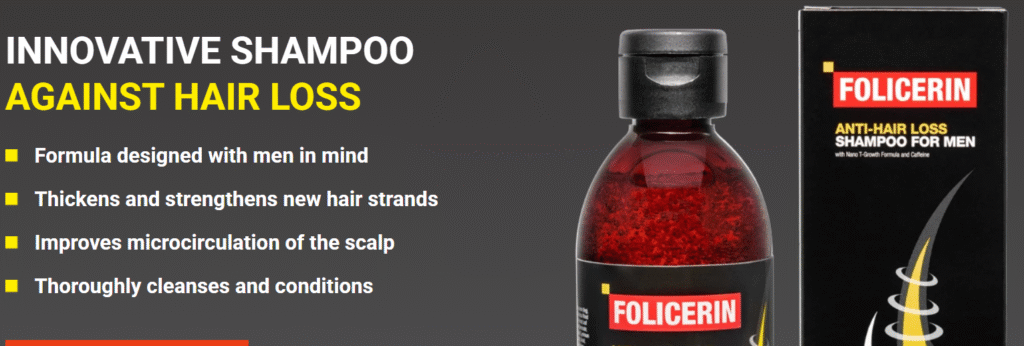
In this comprehensive guide, we’ll explore:
- The science behind stress-related hair loss
- The most common types of stress-induced shedding
- Dermatologist-approved treatments to stop hair fall
- Lifestyle changes to support regrowth
- When to seek professional help
Understanding Stress-Related Hair Loss
How Stress Triggers Hair Shedding
Stress disrupts the natural hair growth cycle, which consists of three phases:
- Anagen (growth phase) – Hair actively grows for 2-7 years.
- Catagen (transition phase) – Hair stops growing for ~2 weeks.
- Telogen (resting phase) – Hair sheds after ~3 months 3.
Chronic stress elevates cortisol levels, pushing more hair follicles into the telogen phase prematurely. This leads to excessive shedding, often 2-4 months after a stressful event
Types of Stress-Related Hair Loss
- Telogen Effluvium (TE) – The most common type, causing diffuse thinning.
- Alopecia Areata – An autoimmune response triggered by stress, leading to patchy hair loss
- Trichotillomania – A compulsive hair-pulling disorder linked to anxiety
Dermatologist-Approved Treatments to Stop Shedding
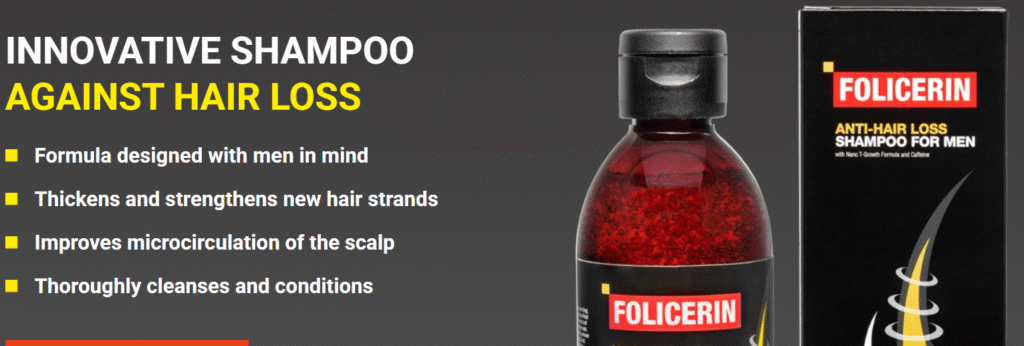
1. Topical Minoxidil (Rogaine®)
- How it works: Extends the anagen phase, promoting thicker hair growth.
- Effectiveness: FDA-approved, with visible results in 3-6 months
- Best for: Chronic telogen effluvium and androgenetic alopecia.
2. Platelet-Rich Plasma (PRP) Therapy
- How it works: Injections of concentrated platelets stimulate dormant follicles.
- Effectiveness: Studies show up to 60% improvement in hair density 1.
- Best for: Moderate to severe shedding with slow regrowth.
3. Low-Level Laser Therapy (LLLT)
- How it works: Red light therapy boosts blood flow to follicles.
- Effectiveness: Increases hair count by 20-30% in clinical trials.
- Best for: Early-stage thinning and maintenance.
4. Anti-Inflammatory Scalp Treatments
- Key ingredients:
- Caffeine – Stimulates follicles (found in MDhair Restore Serum)
- Rosemary oil – Comparable to minoxidil in promoting growth
- Peppermint oil – Enhances circulation for faster regrowth
5. Stress Management & Nutritional Support
- Diet: High in iron, zinc, biotin, and protein (eggs, spinach, fatty fish)
- Supplements: Collagen peptides, vitamin D, and omega-3s support follicle health
- Relaxation techniques: Yoga, meditation, and scalp massages reduce cortisol
When to See a Dermatologist
Consult a specialist if:
✔ Shedding lasts over 6 months
✔ Bald patches appear (possible alopecia areata)
✔ You notice scalp inflammation or itching
Final Takeaways
- Stress-related hair loss is temporary but requires intervention.
- Minoxidil, PRP, and laser therapy are clinically proven solutions.
- A nutrient-rich diet and stress reduction accelerate recovery.
Pro Tip: Track progress with monthly scalp photos—regrowth typically begins within 3-6 months after treatment
Recent Posts
- 5 Silent Signs of High Blood Pressure You Shouldn’t Ignore in 2025
- 5 Everyday Foods That Naturally Detox Your Liver (Backed by Science in 2025)
- Preventive Eye Care: 5 Essential Habits to Protect Your Vision in 2025
- The Sleep-Weight Connection: Fixing Insomnia to Lose Belly Fat
- The 30-Day Protein Reset: How to Use High-Protein Meals to Curb Cravings













